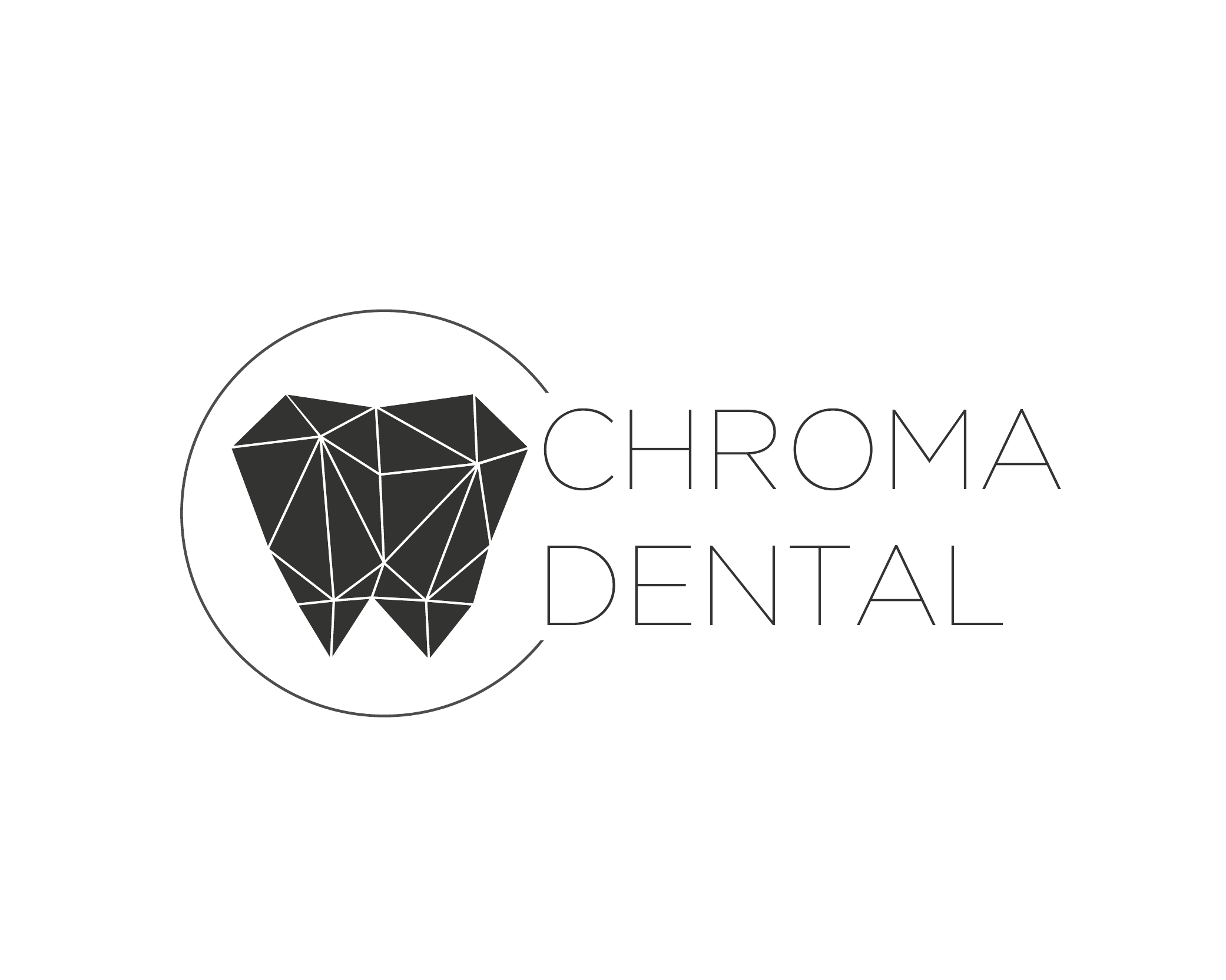At the office of Chroma Dental, we believe strong prevention is the foundation of a lifetime of oral health. Preventative care is not simply about removing plaque—it's a strategic approach that identifies risk, intercepts disease early, and supports overall wellness. When dental problems are caught at their first signs, treatment is simpler, recovery is quicker, and long-term outcomes are far better for patients of every age.
Oral health is tightly linked to general health. Research has shown associations between chronic oral inflammation and systemic conditions such as cardiovascular disease, diabetes, and respiratory issues. While the relationships are complex, the takeaway is straightforward: investing in regular preventive care reduces the burden of oral disease and can protect your broader health over time.
Prevention also preserves function and appearance. Cavities, gum disease, and untreated wear progressively weaken teeth and supporting tissues. Intervening early—through routine exams, professional cleanings, and targeted treatments—helps maintain chewing ability, facial structure, and a confident smile with less need for invasive procedures down the road.
Finally, preventive care lowers overall treatment complexity. When dental concerns are monitored and managed proactively, patients avoid the cascade of emergency visits, extensive restorations, or complex surgical procedures that result from unmanaged disease. The goal is to keep dentistry predictable, comfortable, and minimally disruptive to daily life.
Every preventive appointment is an opportunity to detect change and intervene early. During a routine exam we assess teeth, gums, restorations, and soft tissues; look for signs of decay, periodontal inflammation, or abnormal lesions; and evaluate bite patterns that can cause wear or discomfort. Screening for oral cancer and reviewing medical history are also standard components of a comprehensive visit.
Professional hygiene is more than scaling and polishing. Hygienists remove hardened plaque and stain that daily brushing can miss, smooth root surfaces when needed, and apply topical fluoride or other protective agents appropriate for the patient’s risk profile. These measures reduce bacterial load and create a cleaner environment that supports healing and resistance to disease.
Digital tools and imaging often support a preventive visit. High-resolution intraoral photos, digital radiographs, and scanning technology provide an accurate baseline for monitoring subtle changes over time. These diagnostics help clinicians tailor recommendations and present clear, visual information so patients understand their status and options.
Not every patient has the same risk for decay or gum disease. Factors such as age, diet, medical conditions, medications, saliva flow, and orthodontic appliances influence how we design a prevention plan. A one-size-fits-all approach misses opportunities to address vulnerabilities that are unique to each patient.
At your visit, we evaluate risk and build a personalized strategy that may include more frequent cleanings, at-home fluoride products, or specific brushing and interdental techniques. Education is central: we explain why a recommendation matters and how small, practical changes at home can produce big improvements in oral health over months and years.
For patients with chronic conditions like diabetes or with habits that increase risk—such as tobacco use or frequent snacking—we emphasize collaborative management. That means coordinating with medical providers when appropriate and adjusting dental care to support the best possible outcomes for both oral and systemic health.
Preventive dentistry spans childhood through older adulthood, with different priorities at each stage. For children, we focus on early habit formation, monitoring development, and using sealants and topical fluoride to guard newly erupted teeth. For adolescents and adults, we emphasize cavity prevention, gum health, and protection for patients who play sports or grind their teeth.
As patients age, prevention shifts toward preserving function and managing wear. Regular monitoring helps detect root decay, assess the health of existing restorations, and identify signs of bone loss around teeth. Preventive strategies at this stage often include specific homecare products and scheduling that reflect the patient’s changing needs.
Across all ages, there are modern, minimally invasive options designed to strengthen enamel, reduce bacterial activity, and intercept disease early. These interventions are selected based on evidence and tailored to match the patient’s lifestyle and priorities so that prevention remains practical and effective.
Consistency is the key to effective prevention. We help patients build routines that fit their lives by offering clear instructions, recommending products that meet individual needs, and creating recall schedules that reflect each patient’s risk. Our team emphasizes simple, repeatable steps that produce measurable results over time.
Communication and follow-up are part of the preventive program. After an exam we summarize findings, outline recommended next steps, and provide guidance on what to watch for between visits. When additional services are appropriate—such as periodontal therapy or restorative care—we explain how those treatments integrate into a broader prevention-focused plan.
Our practice philosophy is collaborative. We partner with patients to set realistic goals, celebrate progress, and adjust care as circumstances change. This partnership keeps prevention practical, evidence-based, and aligned with each patient’s long-term health objectives.
In summary, a proactive preventative program is the most reliable way to protect your smile and support overall wellness. Preventive care combines professional exams, personalized homecare, protective treatments, and ongoing monitoring to catch problems early and keep dental care conservative and predictable. If you’d like to learn more about our preventative approach or how it can be tailored to your needs, please contact us for more information.
